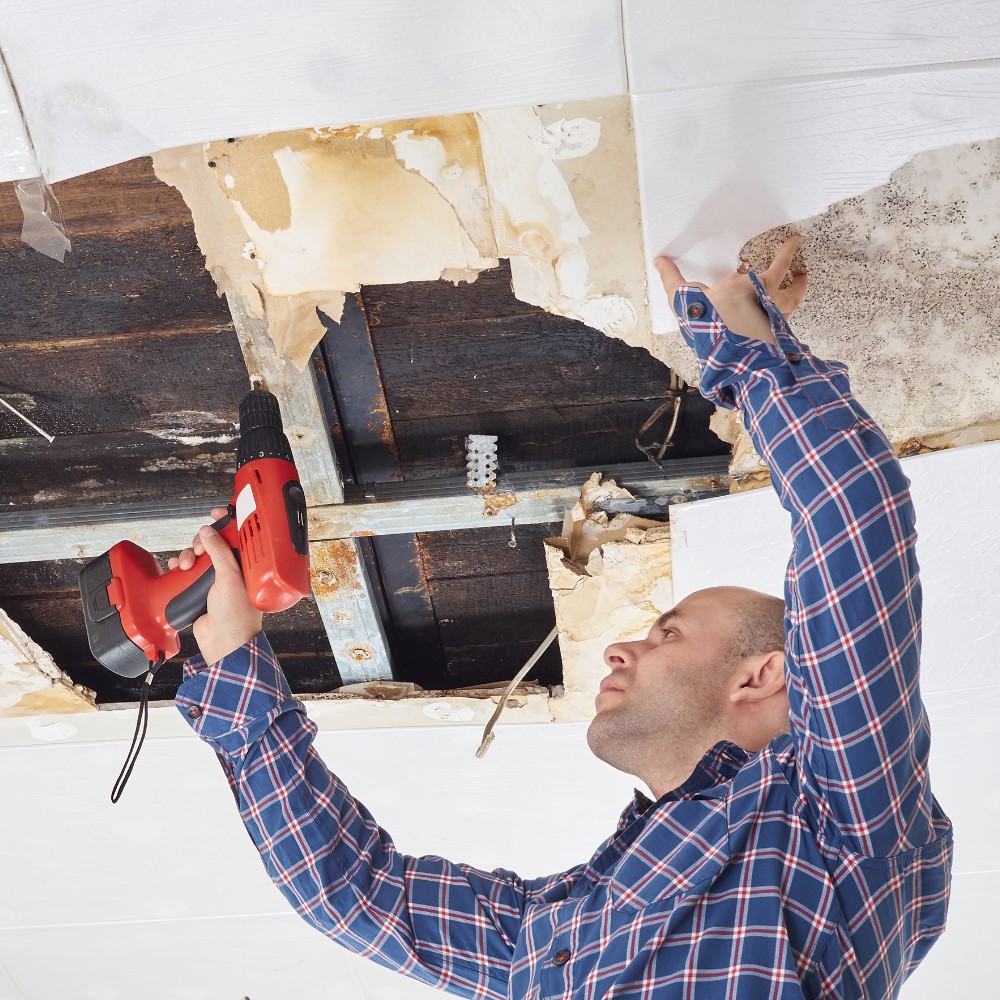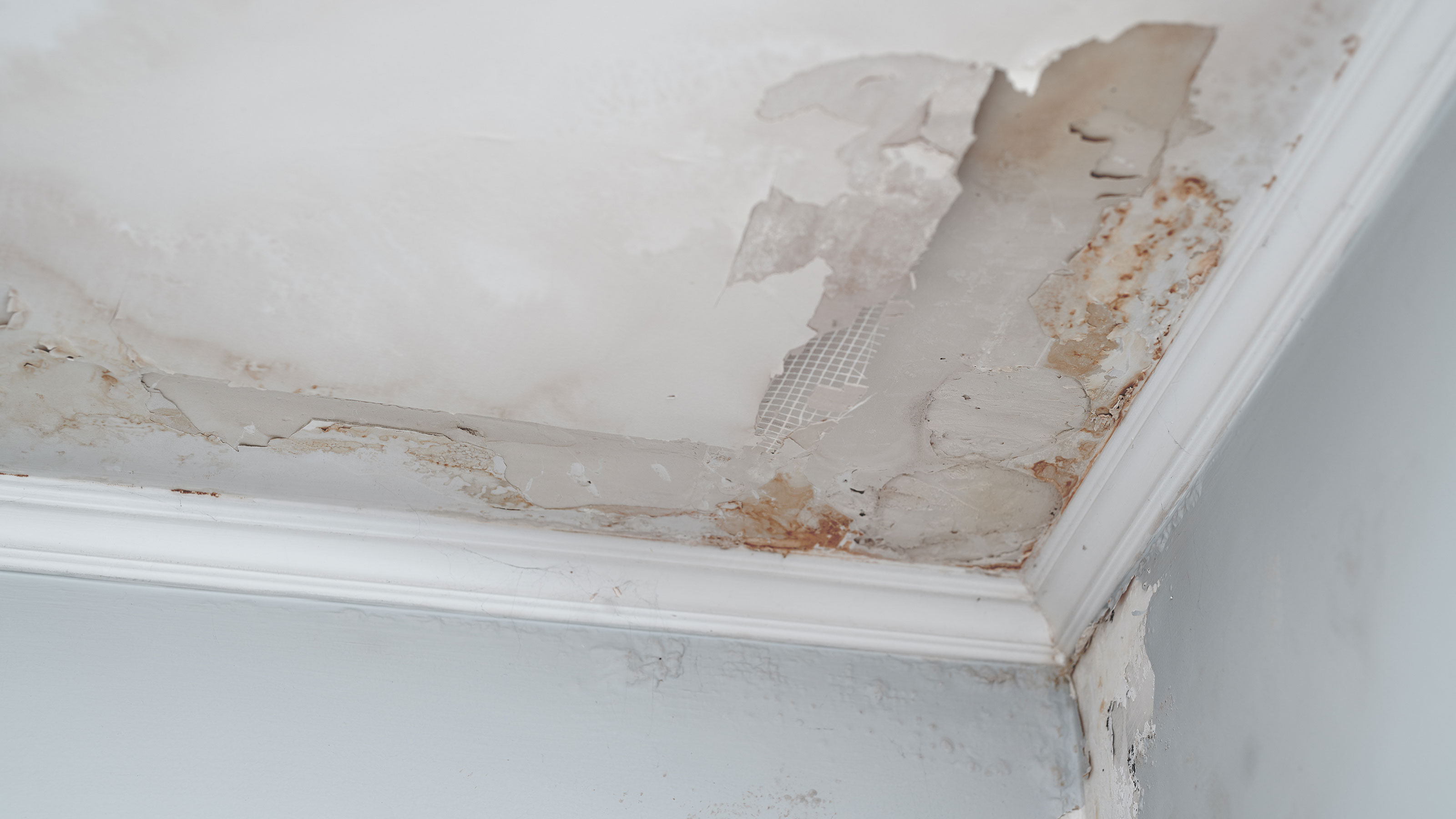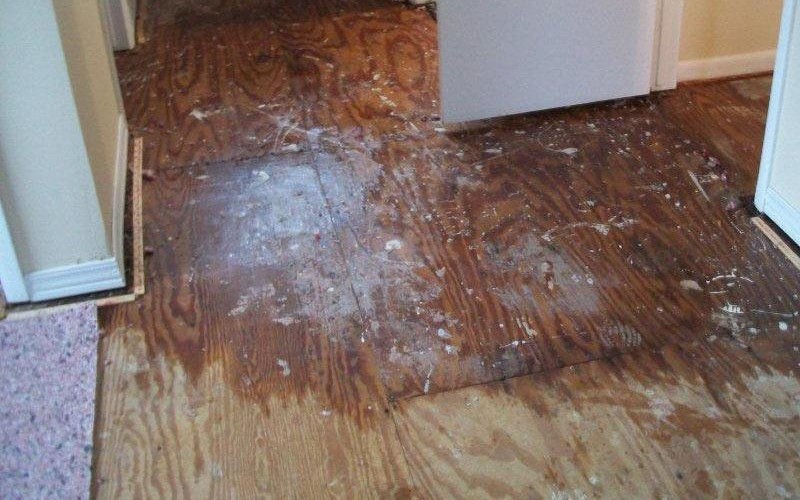Trusted Water Damage Repair Services for Residential and Commercial Properties
Trusted Water Damage Repair Services for Residential and Commercial Properties
Blog Article
The Refine of Water Damage Cleaning: Ensuring Your Home Is Brought Back Properly
Water damage can be a complicated difficulty for homeowners, demanding a precise and organized cleaning procedure to restore security and capability. damage restoration services. Following this, efficient water removal strategies play a crucial role in mitigating more injury.
Examining the Damage
Upon discovering water damages, the initial step is to thoroughly analyze the level of the effect. This first examination is critical, as it helps establish the essential steps for efficient cleaning and restoration. Begin by inspecting the impacted areas, consisting of wall surfaces, ceilings, floorings, and personal items, to determine the resource of the water intrusion, whether from flooding, leakages, or condensation.
Documenting the damages is crucial for both insurance policy claims and planning reconstruction efforts - damage restoration services. Use photographs and composed notes to capture the severity of the damages, noting any affected structural elements and materials. Pay special interest to areas that might not be immediately visible, such as behind wall surfaces and under carpetings, as hidden moisture can result in additional complications, including mold growth
Additionally, analyze the timeline of the water exposure. Ultimately, a detailed assessment lays the foundation for an effective water damages clean-up process, making certain that all influenced locations are addressed efficiently and extensively.
Water Removal Strategies

Experts usually employ completely submersible pumps for bigger quantities of water, which can quickly ease flooding in basements or other impacted locations. For smaller sized quantities, wet/dry vacuums are typically utilized to remove recurring moisture from carpetings and hard surface areas. Furthermore, making use of mobile extractors allows for targeted elimination in restricted areas or areas with fragile materials.
In instances of contaminated water, such as sewage or floodwater, advanced extraction techniques might involve making use of biohazard equipment to make sure safety and security and compliance with health and wellness laws. High-powered removal devices are essential in lessening water retention in structural products, which can lead to mold and mildew development and architectural degeneration otherwise attended to promptly.
Ultimately, the performance of water removal techniques plays a crucial function in the total success of the water damages clean-up procedure, laying the foundation for subsequent reconstruction initiatives.
Drying and Dehumidification
When standing water has been efficiently extracted, the next essential phase in the water damage clean-up procedure is drying out and dehumidification. This action is essential to stop additional damage and mold development, which can happen within 24 to two days in moist atmospheres.
To accomplish reliable drying, specific equipment such as industrial-grade air movers and dehumidifiers is utilized. Air movers flow air across damp surface areas, boosting dissipation rates, while dehumidifiers decrease moisture levels in the air, promoting a helpful setting for drying. The combination of these tools guarantees that wetness is extracted from home furnishings, floors, and walls, allowing them to completely dry extensively.
It is essential to keep track of the drying process carefully. Professionals commonly utilize dampness meters to examine the wetness material in numerous materials, ensuring that all influenced locations get to acceptable dryness levels. This thorough method aids to stop covert dampness pockets that could result in structural damages or harmful mold and mildew development.

Cleansing and Sanitizing
After the drying and dehumidification phase is total, the following vital action in water damages cleanup is cleaning up and sanitizing the affected locations. This procedure is crucial to stop the development of mold, bacteria, and various other virus that thrive in damp settings.
The cleaning stage commonly includes getting rid of any type of debris, dust, and pollutants from surface areas using specialized cleaning representatives. For tough surfaces, a combination of soap and water or commercial cleaning items is commonly utilized. Soft materials, such as furniture and rugs, may require more extensive cleansing techniques, including heavy steam cleansing or deep removal techniques, to make sure comprehensive sanitation.

Disinfecting follows cleansing, utilizing EPA-approved disinfectants to get rid of dangerous microbes. This action is necessary, especially in areas that may have entered call with floodwaters or sewer, as these sources can present severe wellness threats.
Additionally, it is very important to address any type of remaining odors, which might need making use of odor neutralizers or view it sophisticated strategies like ozone treatment. Proper cleaning and disinfecting not just restore the safety and hygiene of your home yet likewise prepared for effective reconstruction and repair work in succeeding phases of the water damage cleaning process.
Reconstruction and Repair Services

Once the analysis is full, repair efforts can start. This usually involves fixing or replacing broken products, guaranteeing that all work follows neighborhood building ordinance and criteria. If drywall has actually been compromised, it will require to be eliminated and replaced with new material. Additionally, floor covering might call for similar focus, depending on the degree of water exposure.
It is vital to involve knowledgeable repair experts during this process, as they possess the expertise to handle complex repairs successfully. They can aid minimize prospective future concerns, such as mold development or structural instability, thus ensuring a risk-free and habitable living setting. Eventually, effective reconstruction and repair services restore the home's integrity and improve its overall value.
Conclusion
Finally, the procedure of water damage clean-up is essential for bring back a home to its pre-damage problem. Each stage, from evaluating the damages to implementing efficient water removal techniques, adhered to by extensive drying out, sanitizing, and required fixings, plays an important role in making certain safety and compliance with building requirements. Reliable implementation of these steps not only mitigates instant damages but also improves the lasting honesty and worth of the building.
Water damages can be an overwhelming obstacle for home owners, demanding a organized and thorough clean-up process to recover safety and security and capability. Eventually, a detailed evaluation lays the foundation for a successful water damage cleaning process, guaranteeing that all affected areas are attended to efficiently and thoroughly.
Efficient water extraction strategies are essential in minimizing damage and avoiding more complications complying with a water breach occasion.In final thought, the procedure of water damage cleanup is important for recovering a home to its pre-damage problem. Each phase, from examining the damages to applying efficient water removal strategies, adhered to by complete drying, disinfecting, and essential repairs, plays an important duty in ensuring safety and compliance with structure requirements.
Report this page